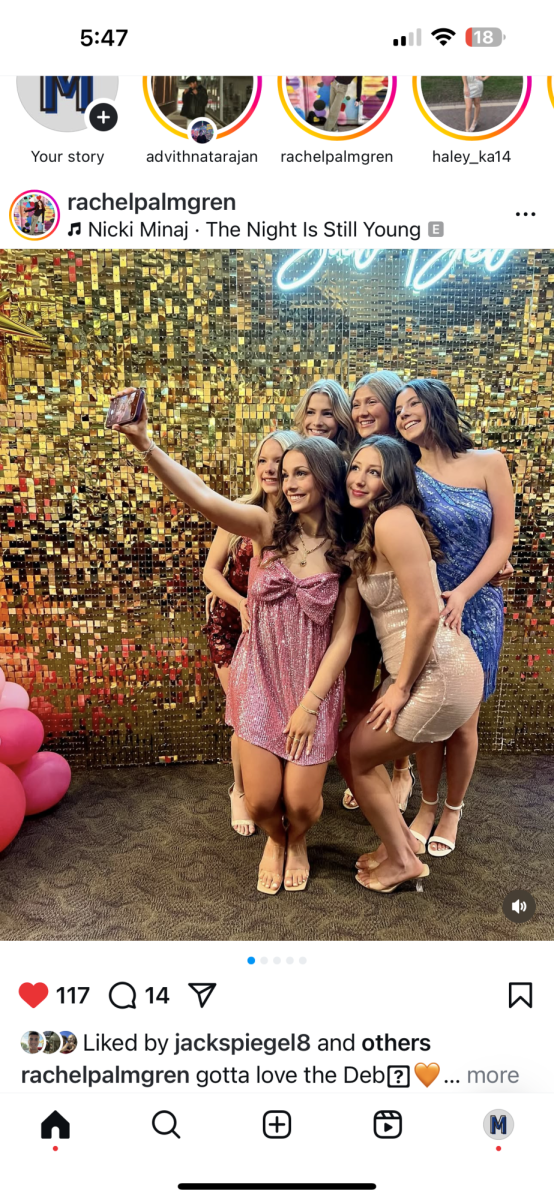Make recycling mean something
February 20, 2019
How many years have your parents, neighbors, or even teachers mentioned the term “recycle” to you? That term plays a vast role in our society, yet many people choose to neglect it.
In the United States, the recycling rate of materials is just around 34.5 percent. This means that more than 65 percent of used materials in the U.S. are not recycled as they should be and just thrown away as waste and litter.
You may not know that there are five subtropical gyres, also known as “great garbage patches,” located in oceans across the world. The largest accumulation, the Great Pacific Garbage Patch, was discovered by Charles Moore in 1997. The patch is located between Hawaii and California, as it contains up to 1.1 to 3.6 trillion pieces of plastic and wasted marine debris. This garbage patch covers up to 617,000 square miles of floating waste in the North Pacific Ocean, which is about double the size of Texas.
Here in the United States, there are about 2,000 active landfills that are quickly reaching their capacity. Roughly 250 million tons of solid waste is generated each year by the U.S. In my eyes and in many others, this is extremely concerning.
Now if you ask me, this environmental disaster should definitely be discussed and substantiated with the public much more frequently. When I was younger, my parents always made sure I knew the importance of recycling and what happens when something doesn’t get recycled. There is a huge difference between recycling something and just throwing it away in the trash. Just think of it as when you recycle something, to some degree, you are giving that little piece of material another chance to be something better. When you just throw things away to the trash, you are preventing it from being reused again to be something more; that’s what my mother always said.
I do applaud those who actually recycle and care about our earth. For the ones who don’t, make sure you know that you are potentially creating more negative impacts on our natural environment.
Thankfully, a team consisting of more than 80 members, called The Ocean Cleanup, has already set up their biggest mission to clean up the Great Pacific Garbage Patch. Their plan is to use natural oceanic forces and currents to collect any plastic or other debris in the waters. As more cleanup systems are released, more plastic will be collected. They predict that the size of the Garbage Patch will reduce by 50 percent in just five years
But seriously, if we want to keep our world around for hundreds among thousands of more years, recycling is the best way to keep it alive.
“Recycle” isn’t just a word, it has a meaning.



